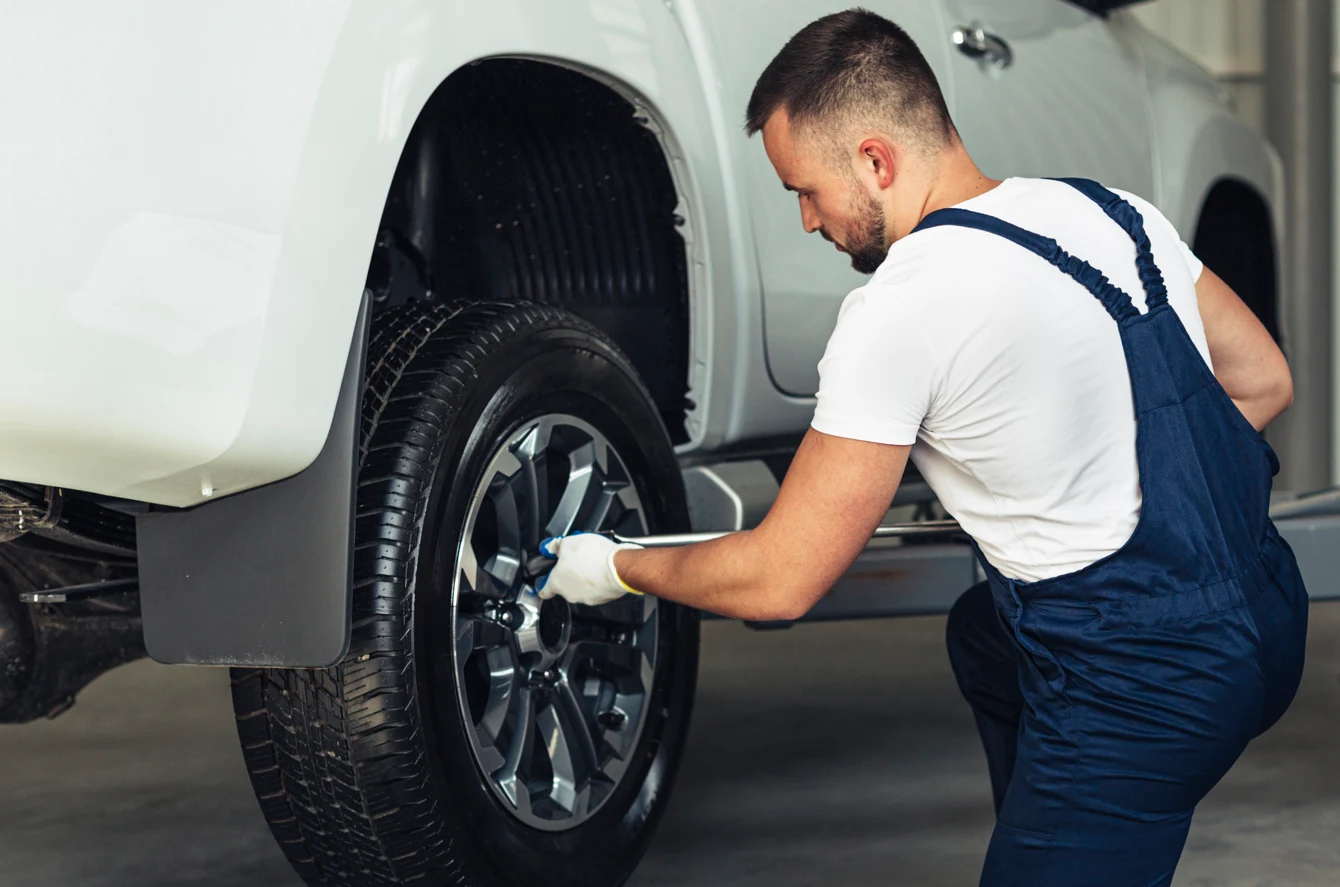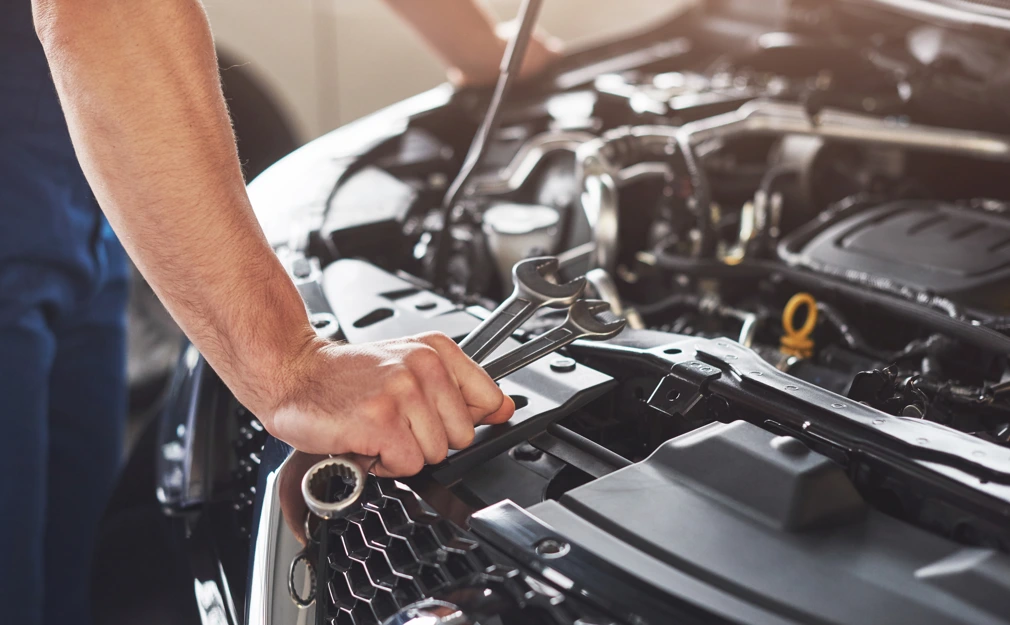Regarding vehicle maintenance, two essential services often include wheel alignment and wheel balancing. Both services are crucial in ensuring your car drives smoothly and safely. However, they serve different purposes and address distinct issues. In this blog, we’ll explore the differences between wheel alignment and wheel balancing, helping you understand which is better for your vehicle’s needs.
Understanding Wheel Balancing
Wheel balancing, also known as tire balancing, is a service that addresses issues related to the distribution of weight around your vehicle’s tires and wheels. Over time, tires can develop slight imbalances due to wear and tear, causing uneven weight distribution. This imbalance can lead to vibrations, steering issues, and uneven tire wear.
The process of wheel balancing involves the following steps;
Mounting: The technician removes each tire from the vehicle and places it on a balancing machine.
Measurement: The machine measures the weight distribution and identifies areas where extra weight is needed to achieve balance.
Correction: Small weights are attached to the wheel’s rim to balance it. These weights ensure that the tire and wheel assembly rotates evenly.
Benefits of Wheel Balancing
Let’s review the benefits of wheel balancing below;
Smooth Ride: Balancing your wheels eliminates vibrations, resulting in a smoother and more comfortable ride.
Improved Tire Life: Balancing extends the life of your tires by preventing uneven wear.
Enhanced Steering: Properly balanced wheels improve steering response and handling.
Understanding Wheel Alignment
On the other hand, wheel alignment deals with the angles at which your tires make contact with the road and ensures that they are in the correct position in relation to each other and the vehicle. There are three primary aspects of wheel alignment;
Camber: Camber pertains to the tire’s angle as seen from the front of the vehicle. When the tire tilts inward or outward, it can lead to irregular tire wear and problems with vehicle handling.
Toe: Toe alignment refers to the direction in the tire’s point relative to the vehicle’s center line when viewed from above. Incorrect toe alignment can cause tire wear and affect how the vehicle tracks.
Caster: Caster alignment is associated with the angle of the steering pivot as observed from the vehicle’s side. Proper caster alignment ensures stability at high speeds and when steering.
Benefits of Wheel Alignment
The following are the advantages of wheel alignment;
Improved Handling: Correct wheel alignment enhances your vehicle’s stability and handling, making it safer to drive.
Better Fuel Efficiency: Proper alignment reduces rolling resistance, improving fuel efficiency.
Extended Tire Life: Just like wheel balancing, wheel alignment also promotes even tire wear, extending the life of your tires.
Which Is Better for Your Vehicle?
Now that we understand the differences between wheel alignment and wheel balancing let’s determine which one is better for your vehicle;
Wheel Balancing: Wheel balancing is the way to go if you notice vibrations or irregular tire wear. It addresses these issues by ensuring even weight distribution in your tires.
Wheel Alignment: Wheel alignment is crucial for maintaining your vehicle’s stability, handling, and tire life. If you experience steering problems, your car pulls to one side, or you’ve hit a pothole or curb, it’s time for a wheel alignment.
How Can an Auto Repair Company Help in Wheel Alignment and Wheel Balancing?
An auto repair company plays a crucial role in ensuring the proper maintenance and performance of a vehicle, and one of the essential services they offer is wheel alignment and wheel balancing. Wheel alignment encompasses adjusting wheel angles to ensure they run parallel to each other and are perpendicular to the road surface. An auto repair company uses specialized equipment and skilled technicians to precisely align the wheels based on manufacturer specifications, ensuring your vehicle drives straight and true.
On the other hand, wheel balancing refers to the even distribution of weight within the tire and wheel assembly. When a wheel is unbalanced, it can lead to vibrations, uneven tire wear, and steering issues. Auto repair shops have the necessary tools, such as a balancing machine, to identify and correct any imbalances by adding small weights to the wheel rim.
Also Read: Why Good Car Shocks and Struts Are Important?
Conclusion
Both wheel alignment and wheel balancing are essential for your vehicle’s overall performance and safety. While it serves different purposes, they complement each other. Routine maintenance, encompassing both these services, will maintain your vehicle’s smooth operation and prolong tire lifespan. Consult a qualified technician to determine when your vehicle needs these services and enjoy a safer and more comfortable driving experience.
Contact Quality 1st Auto Repair at (848) 300-3350 and schedule a professional wheel alignment or balancing service and experience improved vehicle performance.




